Faceted Gemstones - Everything you need to know about Faceted Gems
Gemstones are nature’s hidden treasures, but it’s the art of gem cutting that unlocks their true brilliance. A rough crystal can be transformed into a sparkling masterpiece through precision faceting. In this guide, we’ll explore the different types of gemstone cuts—from brilliant to rose cut—and give you a behind-the-scenes look at how Gandhara Gems transforms raw crystals into dazzling faceted gemstones.

What Are Faceted Gemstones?
Faceted gemstones are stones that have been cut with multiple flat surfaces (facets) to maximize light reflection. Unlike cabochon cuts (smooth, rounded surfaces), faceted cuts are designed to enhance brilliance, fire, and scintillation.
Types of Faceted Gemstone Cuts
1. Brilliant Cut
-
Features triangular and kite-shaped facets radiating from the center.
-
Maximizes sparkle and brilliance.
-
Most commonly used for diamonds and colored gemstones.
2. Step Cut
-
Rectangular facets arranged in a step-like fashion.
-
Highlights clarity and natural color.
-
Includes emerald cut and baguette cut styles.
3. Mixed Cut
-
Combines brilliant facets on the crown and step facets on the pavilion.
-
Balances sparkle with color display.
4. Rose Cut
-
Popular in the 16th century, with a flat base and a domed faceted top.
-
Offers vintage appeal, though less sparkly than modern brilliants.
-
Gaining popularity again for antique-style jewelry.
5. Briolette Cut
-
A fully faceted teardrop shape.
-
Commonly used in pendants and earrings for its elegant drop effect.
6. Ceylon Cut
-
Originating in Sri Lanka, it combines a brilliant-cut crown with a step-cut pavilion.
-
Reversed variations can enhance brilliance even more.
Popular Custom Cuts
Modern lapidary work also includes creative gemstone cuts such as:
-
Princess Cut – A square brilliant cut.
-
Asscher Cut – A square step cut with beveled corners.
-
Custom variations are designed per customer requests.
How Gandhara Gems Cuts Faceted Gemstones
At Gandhara Gems, our master lapidarist Zeeshan follows a precise cutting process. Here’s how a citrine crystal was transformed into an Asscher cut gemstone:
Step 1: Performing the Crystal
The rough crystal is shaped on a grinding wheel to remove excess and flaws.
Step 2: Dopping
The gem is attached to a dop stick using wax or glue to hold it securely during cutting.
Step 3: Pavilion Cutting
The pavilion (bottom) is cut first. Proper angles ensure maximum light reflection. The girdle is also shaped and polished.
Step 4: Transferring for Crown Cutting
The gem is transferred to another dop, and the crown (top) is cut to create brilliance and fire.
Step 5: Polishing
Both pavilion and crown facets are polished to perfection, enhancing luster and brilliance.
The result: A golden citrine gemstone in Asscher cut, showcasing rich color and stunning symmetry.

Why Faceting Matters in Gemstones
-
Brilliance & Sparkle – Facets enhance light reflection.
-
Color Display – Cuts like step cut highlight color purity.
-
Design Flexibility – Lapidaries can combine styles for unique results.
-
Value Enhancement – Proper faceting improves a gemstone’s beauty and worth.
Frequently Asked Questions (FAQ)
Q1: What is the most brilliant gemstone cut?
The brilliant cut is considered the most sparkly because of its triangular and kite-shaped facets.
Q2: Which cut best shows a gemstone’s color?
The step cut (emerald or baguette) highlights clarity and pure color rather than brilliance.
Q3: What is the difference between cabochon and faceted gemstones?
Cabochons are smooth, rounded, and usually opaque, while faceted gemstones have flat surfaces that reflect light, enhancing brilliance.
Q4: Which gemstone cut is best for jewelry?
It depends on preference—brilliant cut for sparkle, step cut for elegance, and rose cut for vintage charm.
Q5: How long does it take to cut a gemstone?
Depending on size and complexity, cutting a gemstone can take several hours to a few days.

Final Thoughts
Faceting is what brings gemstones to life. Whether it’s a brilliant cut diamond, a rose cut sapphire, or a custom Asscher cut citrine, each style uniquely enhances beauty. At Gandhara Gems, we combine traditional artistry with modern precision to create exceptional faceted gemstones treasured by collectors and jewelry lovers worldwide.
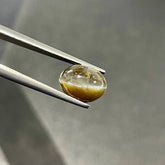
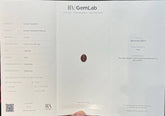
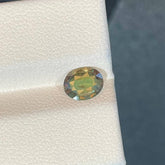
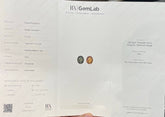
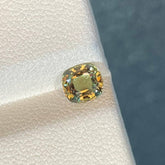

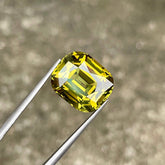
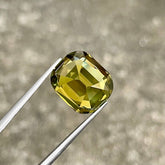
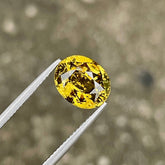
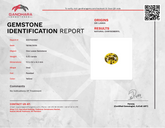
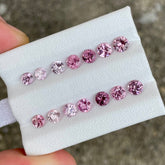

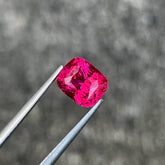



Leave a comment
Please note, comments need to be approved before they are published.